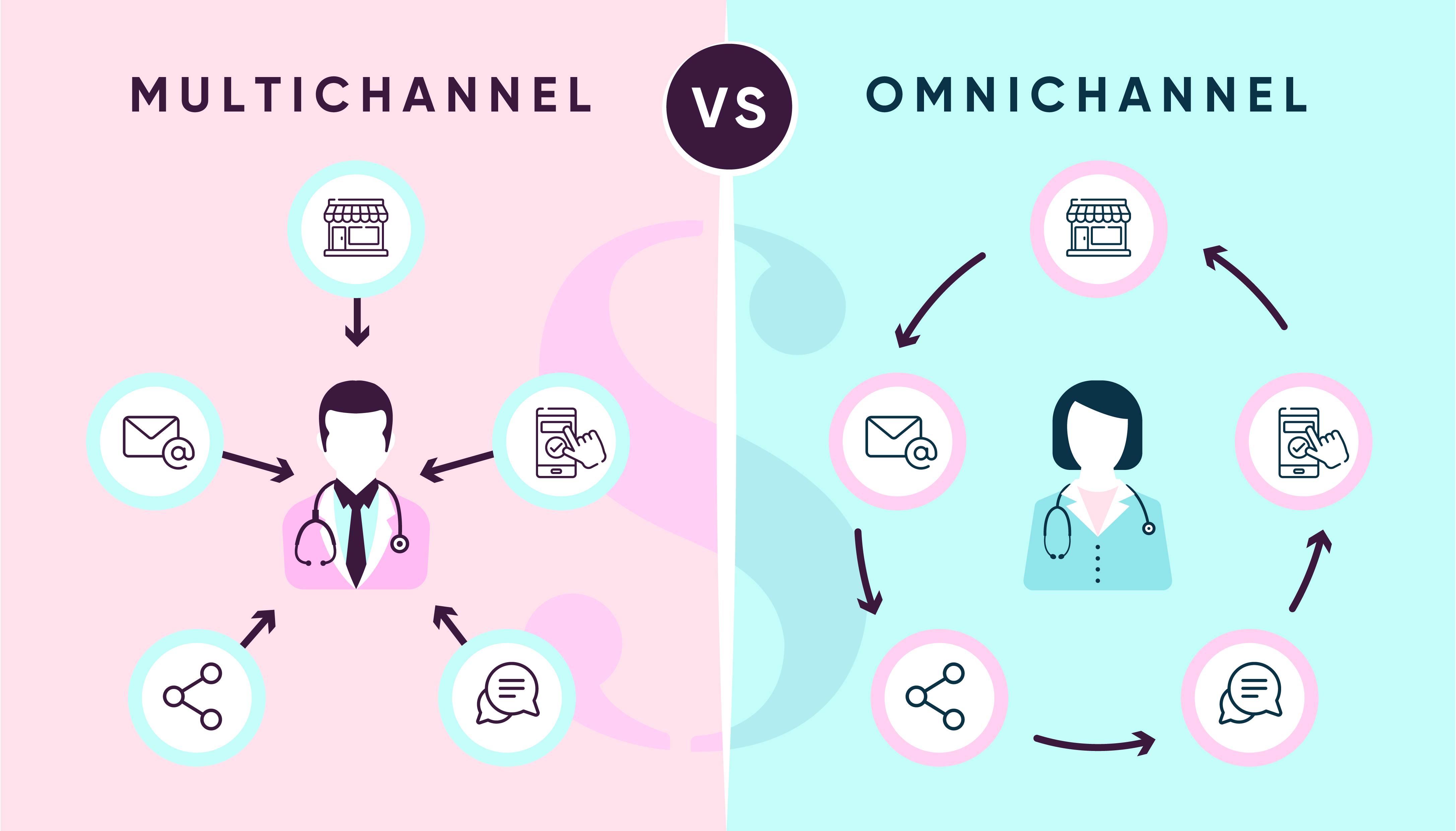How to Conduct Climate-Friendlier Medical Education Events
In a world facing unprecedented environmental challenges, the urgency to protect our planet has never been more evident. We are standing at a crossroads, where the decisions we make today will shape the lives of future generations. This demands a firm stance from individuals and businesses alike, and we must collectively seize the opportunity to make a positive impact.
The pharmaceutical industry has made some progress in reducing Scope 1 and 2 emissions (i.e., direct emissions and indirect emissions from purchased energy); however, the journey towards a greener tomorrow doesn’t end there. The real test lies in confronting Scope 3 emissions – the indirect environmental impacts embedded within the supply chain, including those associated with medical communications and particularly face-to-face education events.
Although they contribute to the improvement of health outcomes, such events also contribute hundreds of thousands of tonnes of emissions,1 from flights, hotel stays, materials, etc. It’s tempting to suggest a blanket solution of running all medical events online, but we believe that the benefits of face-to-face interactions cannot be ignored, and it is possible to strike a balance between maximizing educational benefit and minimizing emissions. By implementing a climate-friendlier approach, the pharma industry can maintain their events’ educational value while simultaneously saving money, enhancing brand engagement, and demonstrating their corporate commitment to protecting the environment.2
As experts in hosting climate-friendlier medical education events, we have developed a charter, which you can find below, that outlines the various ways we assess and adjust medical education events to minimize their environmental impact. We hope that this list will inspire a new norm of climate-friendlier medical education events, because the challenge our planet faces can only be combatted through mass movement.
By making small changes to the way medical events are planned and executed, we can help to forge a brighter future for our planet. If you require expertise in planet-friendly medical education, please don’t hesitate to contact our Business Development Manager, Alejandro Potes at alejandro.potes@remedica.com.
References
- Zotova O, et al. The Lancet: Planetary Health. 2020;4(2):E48–E50.
- Do customers really care about your environmental impact? Available at: https://www.forbes.com/sites/forbesnycouncil/2018/11/21/do-customers-really-care-about-your-environmental-impact/?sh=1e0aedce240d. Last accessed July 2023.







